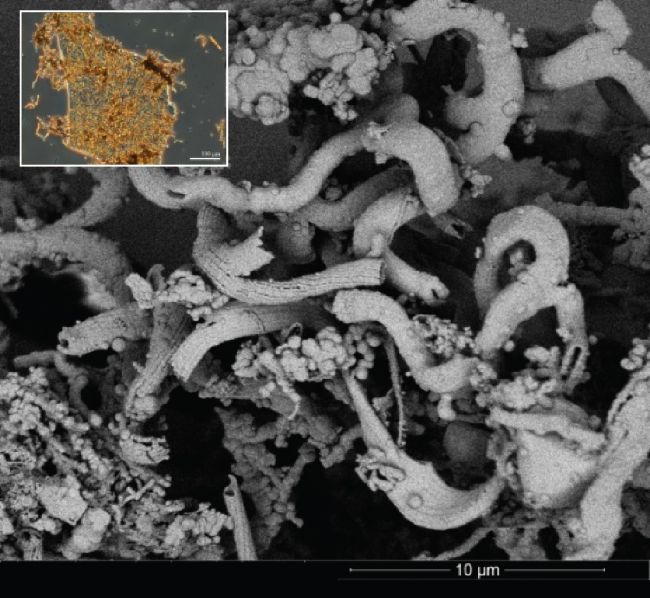Mineral architects - How biology changes the rules to make mineral(s) matter
Geo-Colloquium on June 25, 2025, in the lecture hall GEO, start 12.15

Dr. Helen King, our new research staff member, is introducing herself and her research focus to the GEO community in the next talk of our Geo-colloquium. To have an insight on what she is talking about: You, me and everyone else in the world have at least one thing in common: we are full of tiny mineral crystals. And we are not the only ones. Many organisms produce minerals, from the shells that you pick up at the beach to magnet making microbes. Although these materials have fascinated humans for centuries, our understanding of biomineralisation remains in its infancy. In this talk I will delve into the abiotic controls of crystal growth to demonstrate how biology changes the rules in order to generate unique mineral architectures. We will look at how biominerals differ from their abiotic counterparts and what this might mean for using these materials as recorders of the past. Finally, I will tell you about potential future directions using the newest vibrational spectroscopy technology that will allow us to resolve organic and inorganic signatures at the level of individual crystals and peer through our skin to examine mineralisation related diseases.

